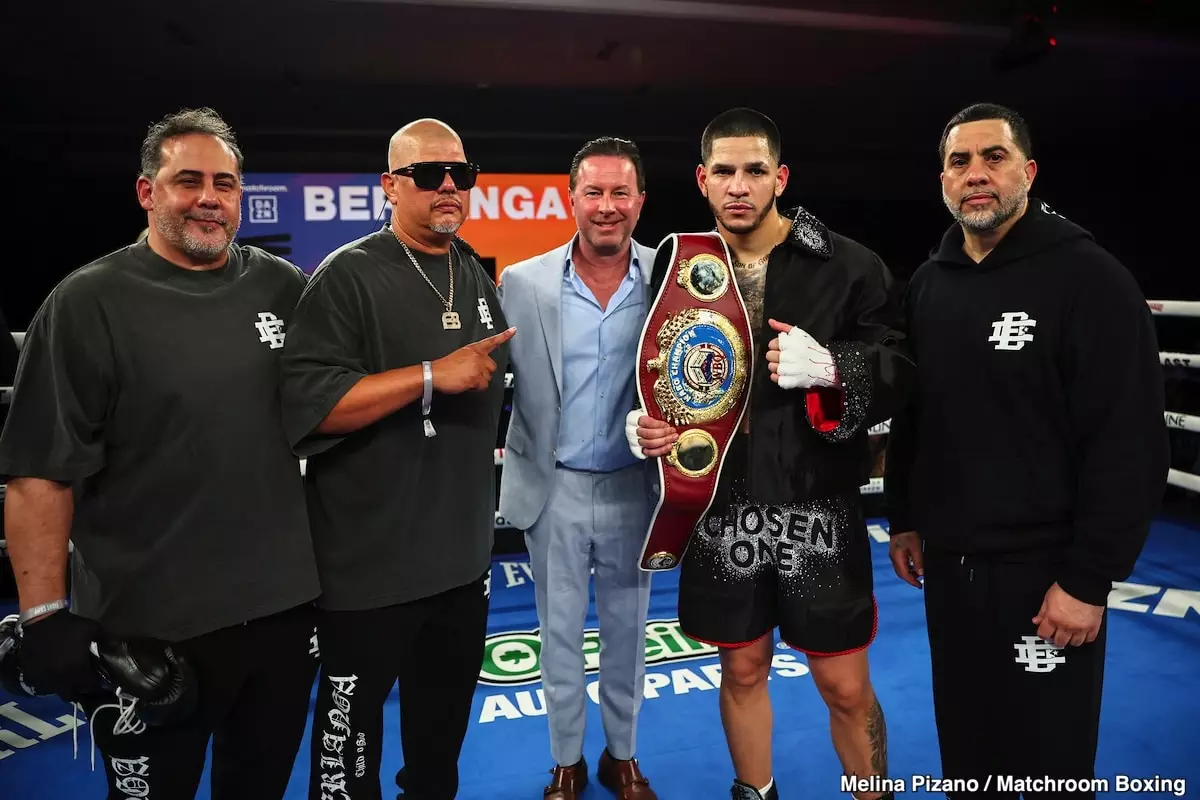Boxing fans are gearing up for an intriguing—and somewhat perplexing—event scheduled for July 12th in New York City. The fight card, featuring two co-feature bouts—Edgar Berlanga taking on Hamzah Sheeraz and Shakur Stevenson facing William Zepeda—has generated considerable buzz, particularly due to the unconventional combat positioning. Ring Magazine’s decision to declare the Stevenson-Zepeda fight as the “main event” during fight week, while reserving the true headliner role for Berlanga-Sheeraz on the night of the event, raises questions about fan expectations and promotional strategies.
Confusion Over Co-Main Events
At first glance, labeling both bouts as co-main events can be misleading. Fans accustomed to traditional boxing structures may anticipate the bout treated as the main event leading up to the fight—here, Stevenson-Zepeda—will likewise be the headliner come fight night. Instead, the odd choice to elevate Berlanga-Sheeraz in this way risks alienating audiences who have invested their hopes in the higher-profile combatants. Berlanga (23-1, 18 KOs) and Sheeraz (21-0-1, 17 KOs) have yet to carve out a reputation supported by significant victories, making their fight seem more like a marketing gimmick than a clash of worthy contenders.
A Strategy Rooted in Marketing
One can’t help but wonder: what is the logic behind this unusual decision? From a promotional standpoint, treating Stevenson-Zepeda as the focal point during fight week seems designed to create intrigue and sway potential buyers toward purchasing the DAZN PPV. By establishing the expectation that these elite fighters will dominate the card, promoters may be attempting to nudge complacent audiences into action. But this tactic may carry an underlying risk; if consumers feel misled once Berlanga and Sheeraz take center stage, the fallout could result in disillusionment among fans.
Talent Over Marketing Hype
Critically appraising the talents in the ring, there’s the undeniable fact that both Berlanga and Sheeraz lack the résumé to justify a place as headline acts. Many observers deem them as manufactured fighters designed to appeal to commercial interests more than pure boxing talent. In sharp contrast, the skills of Stevenson and Zepeda far outweigh those of their counterparts. These two fighters bring a level of artistry and intensity that boxing purists crave, underscoring the disconnect between the marketing narrative and fan expectations.
A Question of Authenticity
This intentional blurring of lines between co-mains and main event raises significant questions about the authenticity of boxing promotions in the current landscape. How far will promotional companies go to create an illusion designed solely for commercial success? Audiences are not blind; they are savvy, and as the business of boxing evolves, so too does their ability to recognize substantiated talent versus marketing facades. While the event may boast multiple bouts, fans are capable of discerning which fights truly deserve the attention of the boxing community. As the date draws nearer, it remains to be seen whether this marketing strategy will resonate or backfire.

